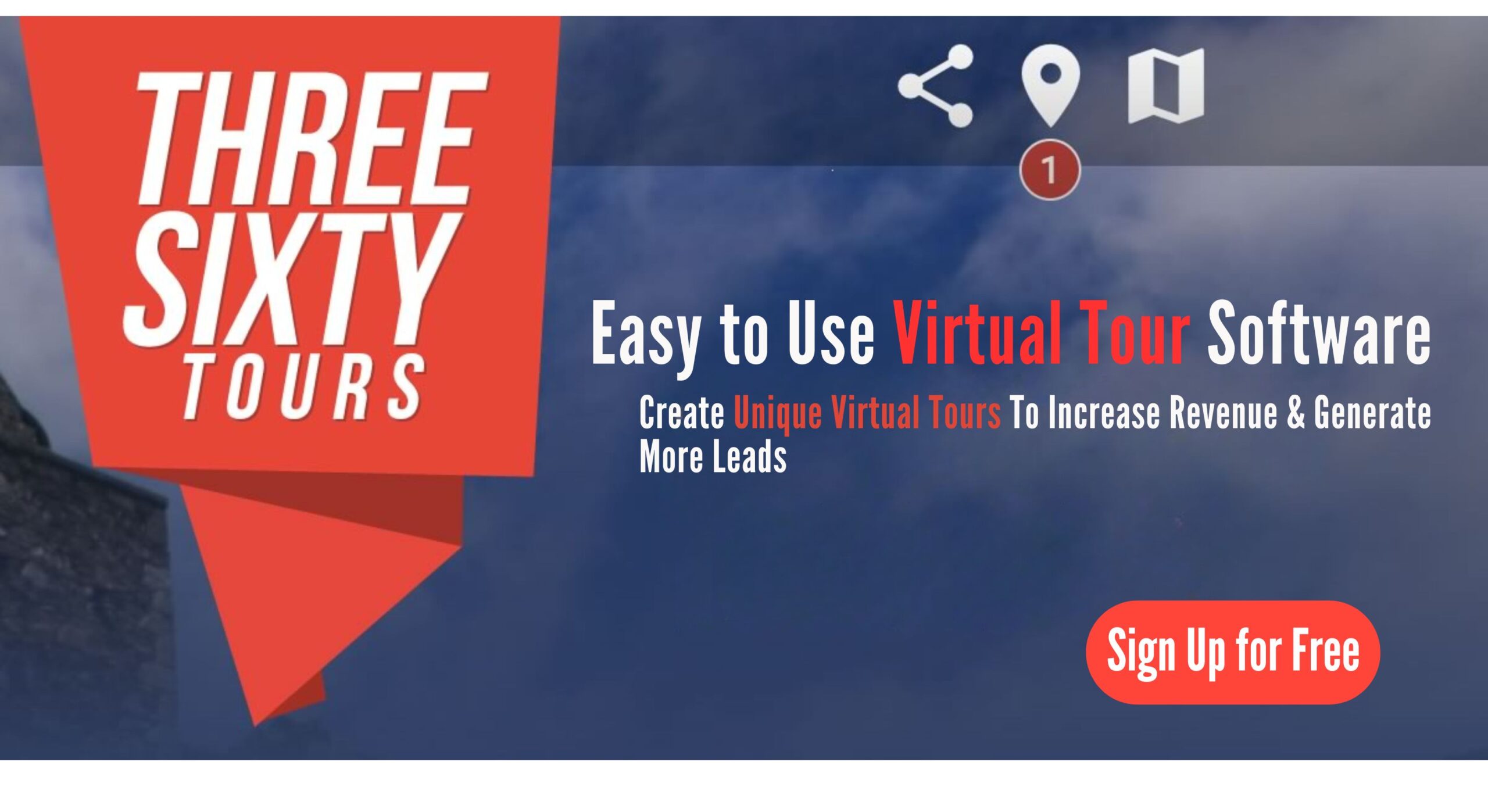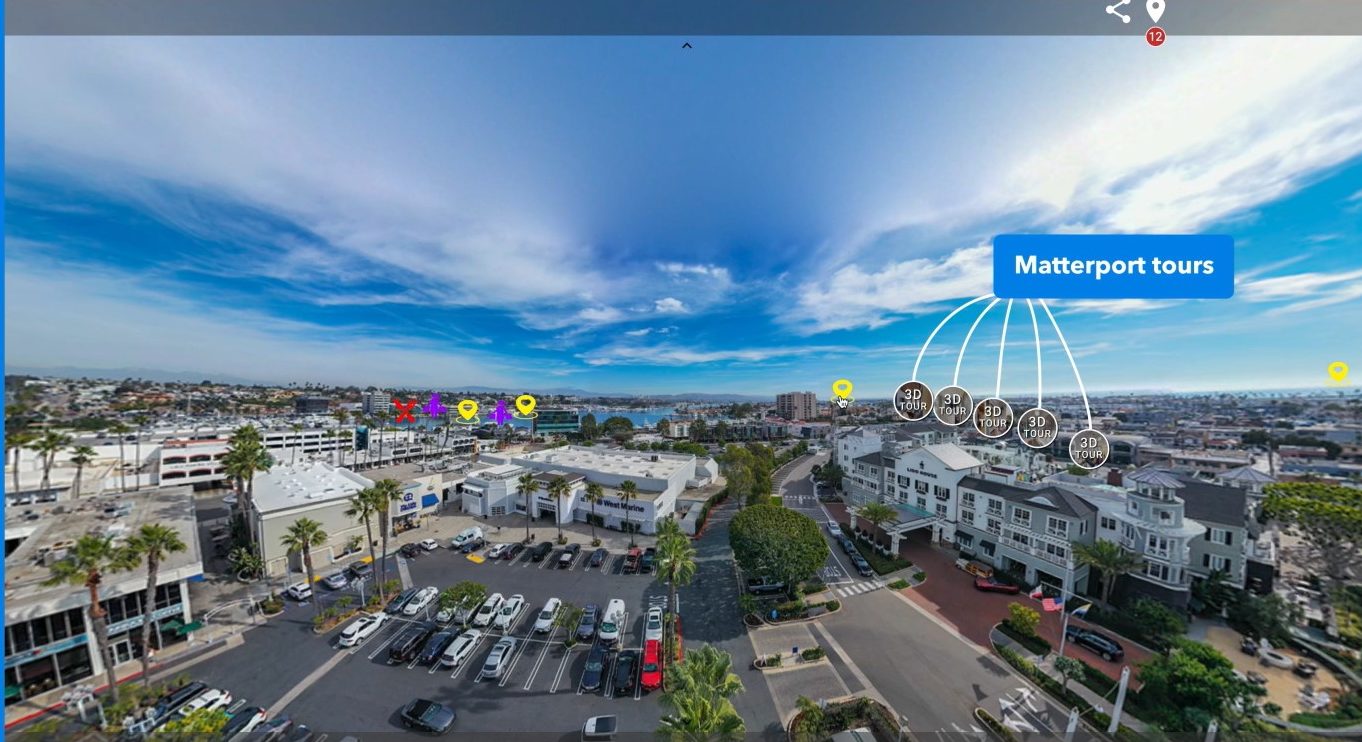how to make 3d videos
How to Make 3D Videos: A Comprehensive Guide for Photographers and Real Estate Professionals
In today’s digital-first world, 3D videos are becoming a game-changer. Whether you’re a photographer aiming to expand your creative reach or a real estate agent looking to make your listings pop, 3D video can give you that extra edge. This guide—designed especially for users of www.threesixty.tours—will walk you through the essentials of creating immersive 3D content.
From understanding the basics of depth perception to choosing the right tools and editing techniques, we’ll cover everything you need to know. Let’s dive into the world of 3D video and see how it can transform your virtual storytelling.
I. Introduction
A. What Are 3D Videos?
3D videos are visual content that creates the illusion of depth. This makes your audience feel like they’re inside the scene. Unlike traditional 2D videos, which are flat, 3D videos use two slightly different perspectives—one for each eye. This mimics how our eyes naturally perceive depth.
The result? A more immersive and realistic viewing experience. Think of it like stepping into a scene instead of just watching it.
B. Why 3D Videos Matter
For photographers and real estate professionals, **3D videos** offer a powerful way to engage viewers. Imagine a potential buyer taking a virtual tour of a property and actually feeling the space—seeing how far the living room is from the kitchen, or how high the ceilings are.
With platforms like www.threesixty.tours, integrating 3D videos into virtual tours is easier than ever. You can create interactive experiences that captivate and convert.
II. Understanding 3D Video Fundamentals
A. Depth and Perspective—Made Simple
To create effective 3D videos, you need to understand how we perceive depth. Our brains process two slightly different images from our eyes to form a 3D view of the world. This is called stereoscopic vision.
Here are three key elements that help simulate depth:
- Parallax: Objects closer to you move faster than those farther away.
- Convergence: Your eyes angle inward when looking at something close.
- Occlusion: Closer objects block the view of objects behind them.
These principles are the building blocks of 3D video creation.
B. Types of 3D Videos
There are several types of 3D videos, each with its strengths:
- Anaglyph 3D: Uses red and blue overlays. It’s old-school but still useful for basic projects.
- Stereoscopic 3D: The most common format. It captures two angles—one for each eye—for a realistic 3D effect.
- Volumetric 3D: Captures the entire space in 3D, allowing viewers to move around it freely. Perfect for VR experiences.
For most real estate and photography projects, stereoscopic 3D is the best balance of quality and ease of use.
III. Tools and Software for Creating 3D Videos
A. Hardware You’ll Need
Creating 3D content requires some serious computing power. Here’s what you should have:
- A Strong Computer:
- CPU: Intel i7 or AMD Ryzen 7+
- RAM: Minimum 16GB (32GB is better)
- Graphics Card: NVIDIA RTX series or AMD equivalent
- SSD: For faster rendering and file access
- Cameras:
- Stereo Cameras: These have two lenses to capture depth. Examples include Fujifilm FinePix Real 3D and Z CAM K1 Pro.
- 360 Cameras with 3D: The Insta360 Pro 2 is a great choice for immersive real estate tours. Pairing a 360-degree camera with 3D capabilities allows you to create standout virtual experiences on www.threesixty.tours.
B. Software Recommendations
Once your hardware is ready, it’s time to pick your software tools:
- 3D Modeling:
- Blender: Free and powerful. Great for beginners and pros alike.
- Autodesk Maya: Industry-standard software used in film and animation.
- Video Editing:
- Adobe Premiere Pro: Supports stereoscopic 3D and integrates with After Effects.
- Final Cut Pro: Excellent for Mac users, with VR and 3D editing features.
- Specialized 3D Platforms:
- Unity: A game engine perfect for creating interactive 3D experiences.
- Unreal Engine: Offers high-end visuals and is used in virtual production.
You can learn more about 3D video editing tools from trusted sources like Adobe’s official Premiere Pro guide.
IV. Steps to Create 3D Videos
A. Planning Your Project
Every great 3D video starts with a clear plan. Ask yourself:
- What’s the goal? Are you showcasing a home, telling a story, or building a virtual gallery?
- Who’s your audience? Buyers, clients, or art lovers?
1. Storyboarding: Sketch out your scenes. Decide where the camera will go and what each shot should convey.
2. Choosing the Right Format: For real estate, use stereoscopic 3D with 360-degree footage. For more creative projects, consider volumetric capture or 3D modeling.
B. Capturing the Footage
1. Camera Choices:
- 3D Cameras: Capture depth natively. Less editing later.
- 2D Cameras: Can be converted to 3D, but the results may not be as convincing.
2. Shooting Tips:
- Keep your camera steady.
- Use consistent lighting.
- Avoid fast pans or quick movements—they can break the 3D illusion.
Consistency is key, especially for real estate tours. Viewers should feel like they’re walking through the home naturally.
C. Editing Your Video
1. Import and Organize:
- Label your files clearly.
- Sync your left-eye and right-eye footage.
2. Add 3D Effects:
- Adjust parallax and convergence manually.
- Use subtle transitions and overlays that don’t distract from the 3D effect.
Take your time in post-production. Editing is where your vision becomes reality.
V. Enhancing Your 3D Video
A. Adding Sound and Atmosphere
1. Why Audio Matters:
Sound adds another layer of immersion. Spatial audio makes it feel like you’re really there. For example, in a real estate tour, adding background sounds like birds chirping or a fireplace crackling can make the experience feel more authentic.
2. Effects That Work:
- Light rays, dust particles, and lens flares can enhance depth.
- Keep it subtle. Overdoing it can make viewers uncomfortable.
With www.threesixty.tours, you can easily add narration or background music to guide viewers through your virtual space.
B. Final Testing and Adjustments
1. Test Across Devices:
Check your video on VR headsets, smartphones, and monitors. Make sure the 3D effect holds up everywhere.
2. Fine-Tune for Comfort:
- Don’t push the depth too far.
- Look for ghosting or misalignment and fix it in editing.
Ask friends, colleagues, or clients to review your video. Fresh eyes can spot things you might miss.
VI. Real-World Applications and Case Studies
A. Real Estate
Agents are using 3D video to showcase properties in a way that flat photos never could. Virtual tours with depth help buyers get a better sense of space and layout.
A well-shot 3D tour on www.threesixty.tours can increase engagement, reduce time on market, and even boost sale prices.
B. Photography and Art
Photographers are exploring 3D to add new dimensions to their work—literally. Whether it’s a product showcase or an art installation, 3D video brings a fresh layer of creativity.
Artists can use tools like Blender to model scenes and then present them in immersive 3D environments.
C. Marketing and Branding
Brands are leveraging 3D video to create memorable campaigns. From interactive product demos to immersive brand stories, 3D grabs attention and holds it.
If you’re a content creator or marketer, adding 3D to your toolkit can set your work apart.
VII. Tips for Beginners
Start small. Try a short 3D clip before tackling a full project.
Use free tools like Blender to learn the ropes.
Watch tutorials and join online communities. YouTube, Reddit, and Facebook groups are full of helpful advice.
Check out this beginner-friendly Blender tutorial from CG Cookie to start learning the basics.
Don’t worry about perfection. The more you practice, the better your 3D videos will become.
VIII. Conclusion
A. Recap
Creating 3D videos isn’t just for big studios anymore. With the right tools and a bit of planning, anyone can start producing immersive content. From choosing your camera to editing and enhancing your footage, each step brings you closer to a polished final product.
B. Get Started Today
Now that you know how to create 3D videos, it’s time to dive in. Start experimenting with different styles and techniques. Whether you’re showcasing a luxury home or crafting a virtual art gallery, 3D video can take your work to the next level.
And with www.threesixty.tours, you have the perfect platform to share your creations with the world. Upload your 3D videos, build engaging tours, and wow your audience with immersive experiences.
So go ahead—grab your camera, fire up your software, and start building your 3D masterpiece. The future of visual storytelling is here, and you’re ready to lead the way.


